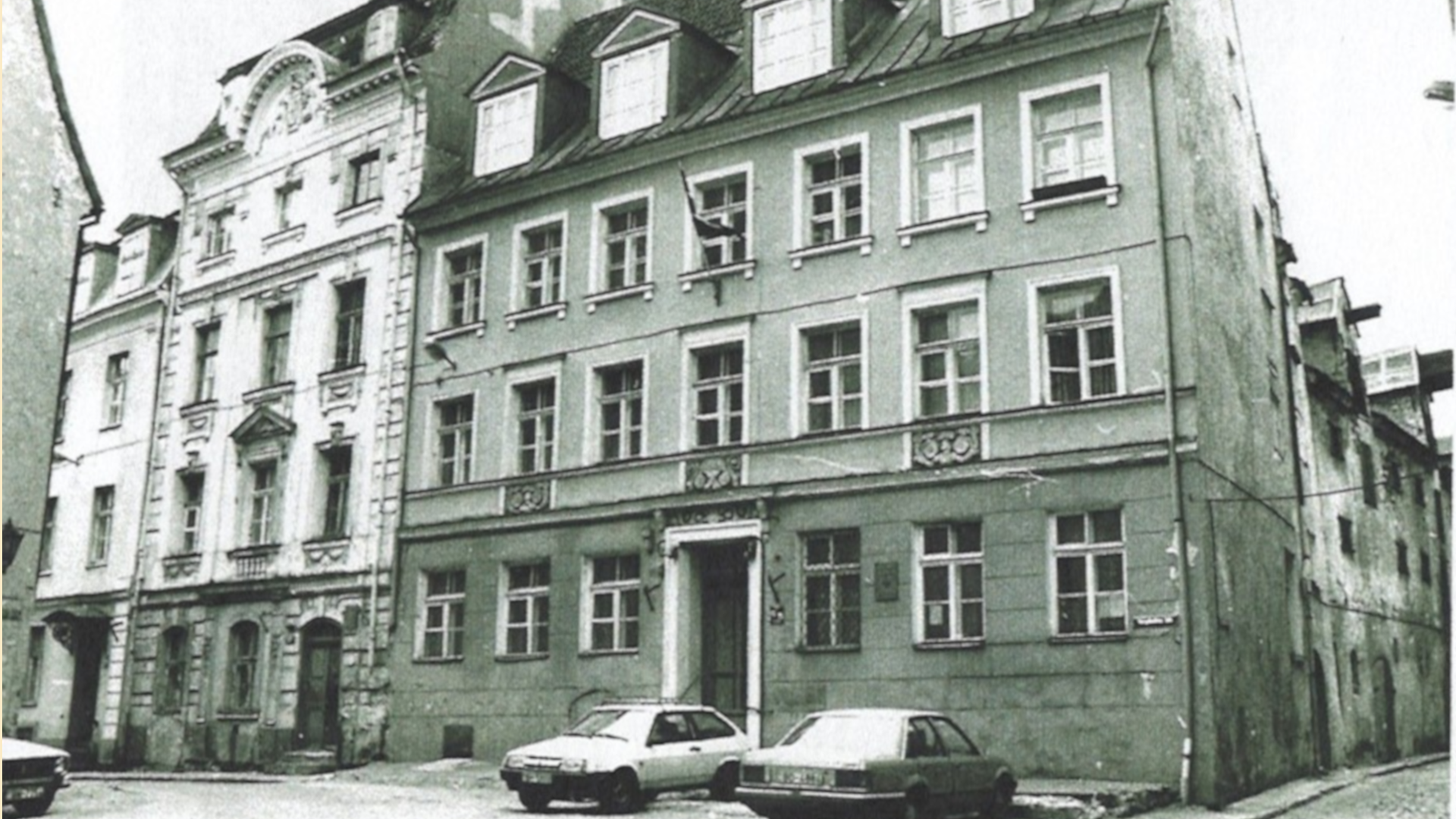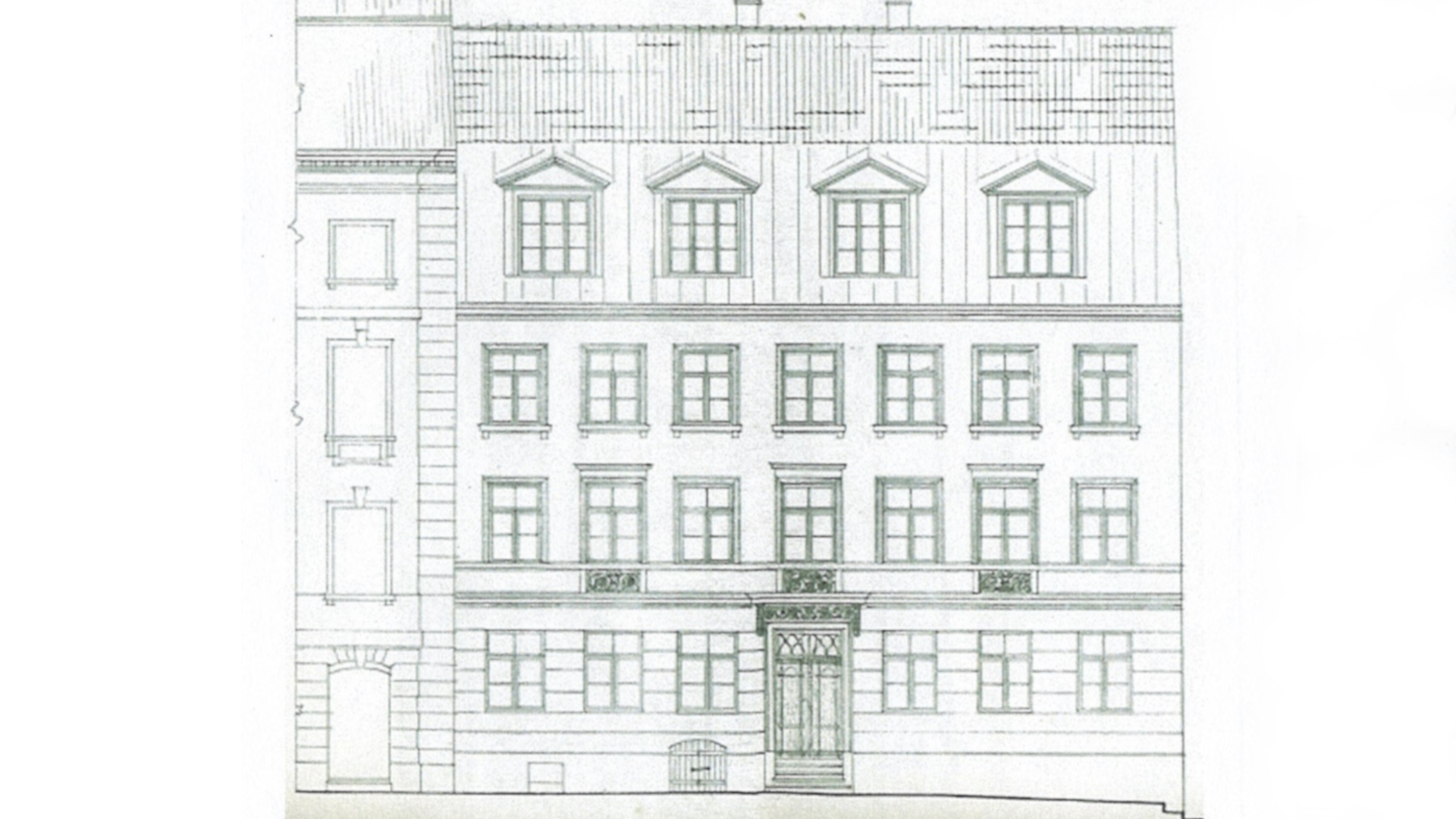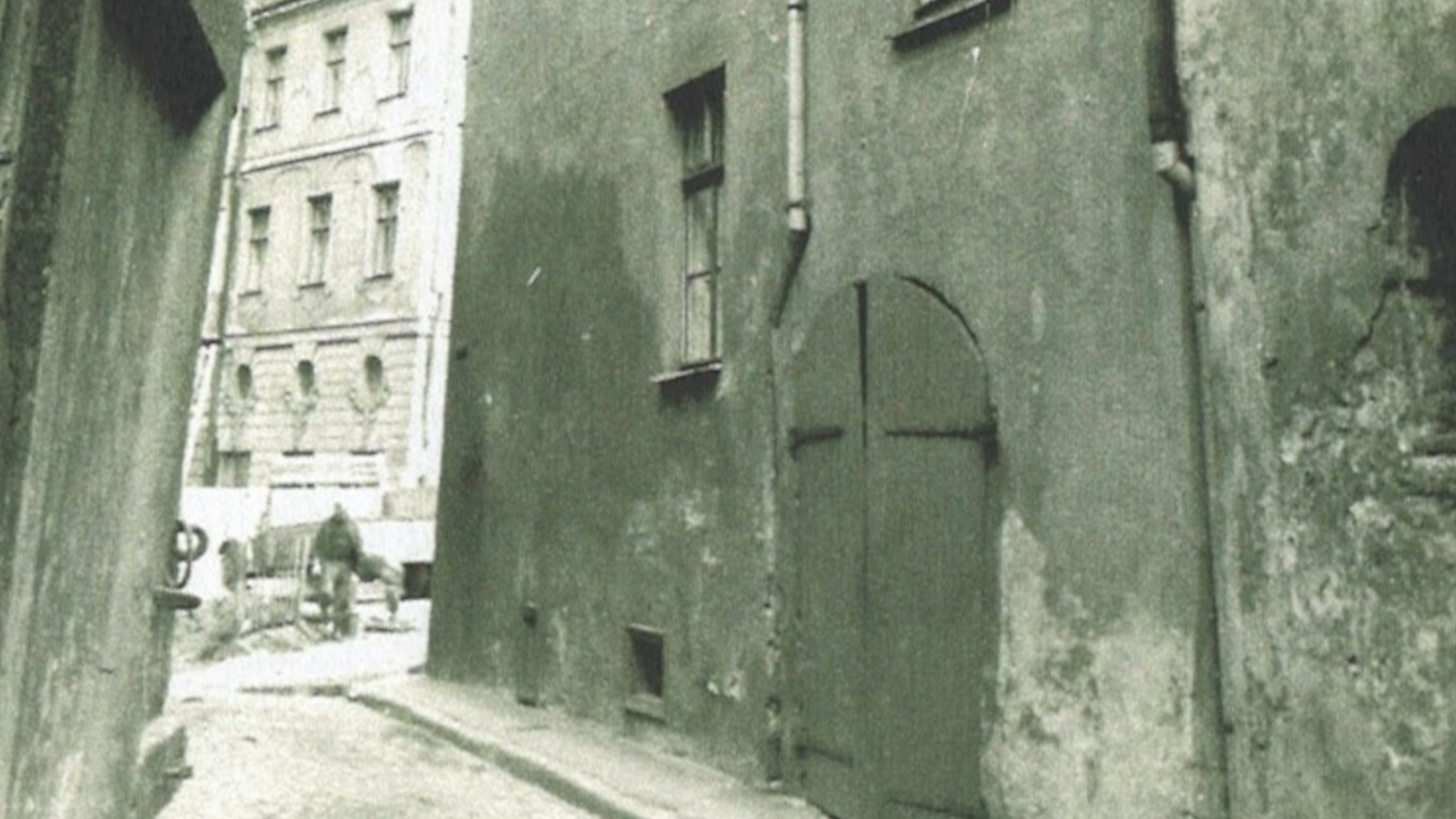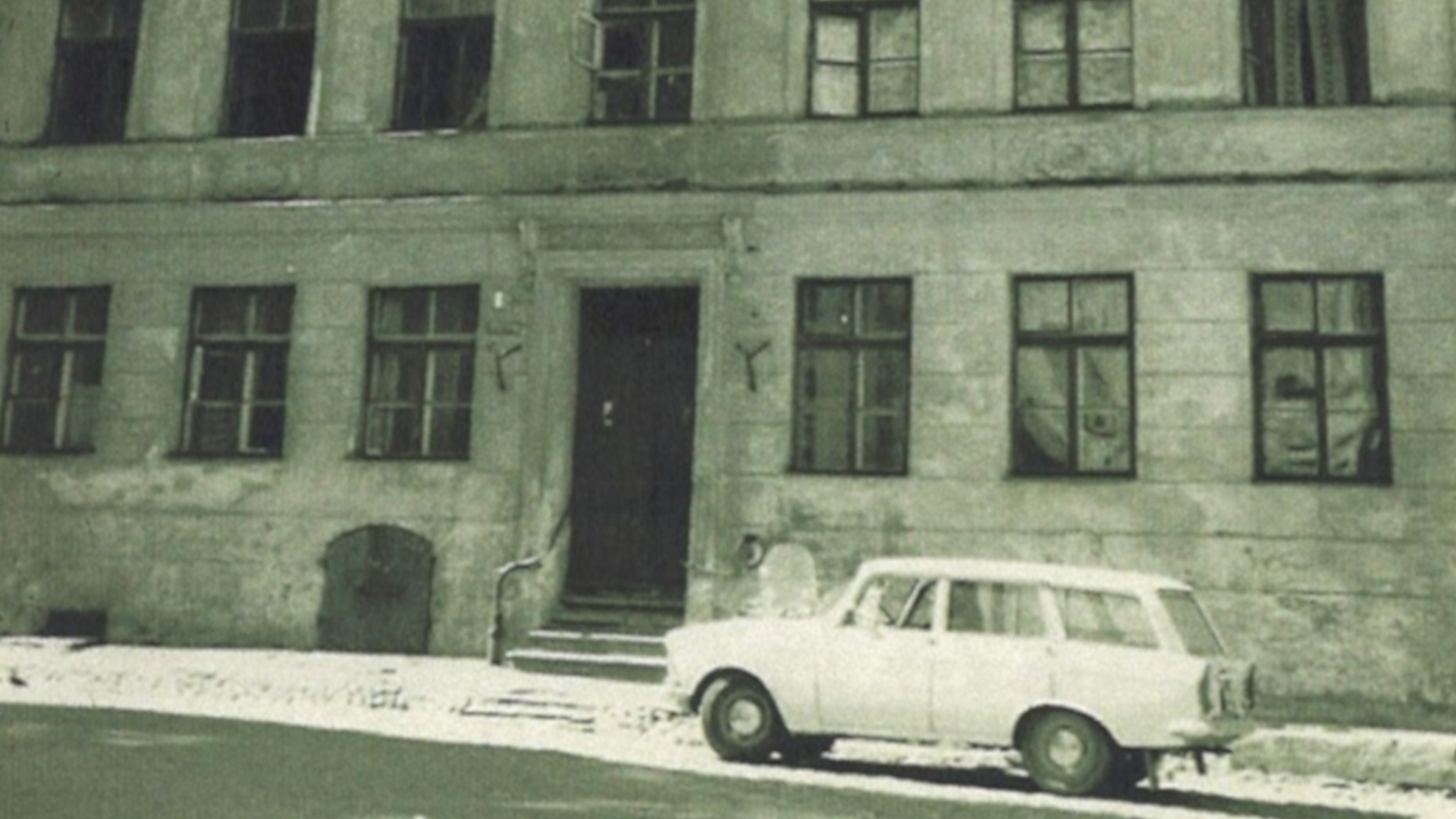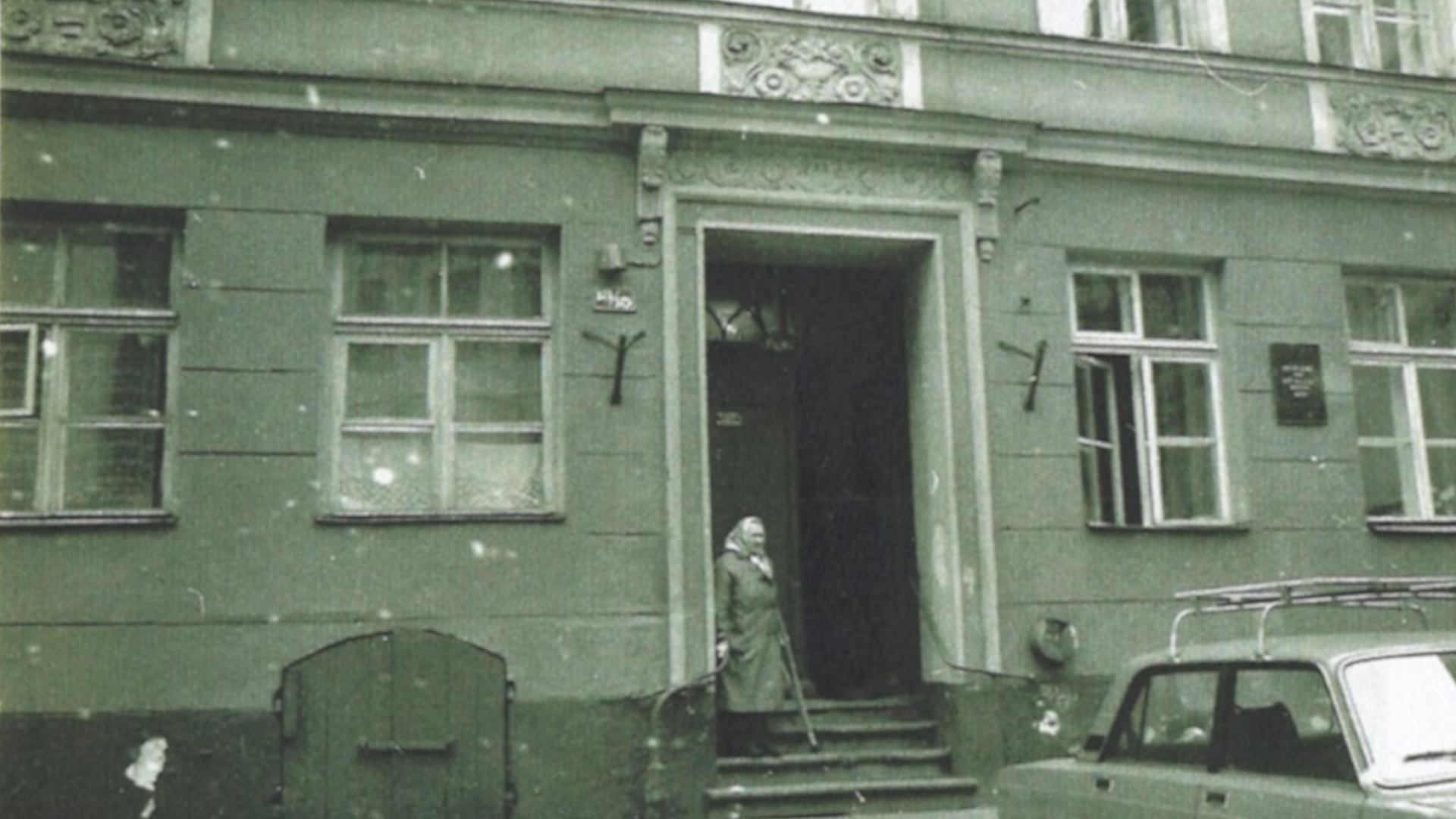History of the Popular Front Museum building
The building at 13/15 Vecpilsētas Street was built in the 17th century as a residential building and warehouse. It has been rebuilt extensively several times. In the early 19th century, the facade was Baroque, but 20 years later, it featured the Neoclassical style which we see today. In the 1920s and 1940s, part of the building was used for various workshops: a coffin upholsterer’ shop, a seamstress atelier, a glass-grinding workshop, a photographic plate-making workshop, etc. The only restriction to any large-scale production has always been the wooden staircase, which did not comply with fire safety regulations.
In 1938, the Riga City Construction Bureau drew up a project for reconstruction of the 13. Janvāra Street, which involved the demolition of the building at 13/15 Vecpilsētas Street and the whole block around it, therefore the owners lost interest in investing in the development of the buildings.
After 1945, it was converted into a residential building and later housed a architectural institute. The building was heritage-listed in 1966.
On 6 February 1989, the Council of Ministers of the Latvian SSR allocated the building to the Popular Front of Latvia. In 1999, the Popular Front Museum was opened. Since 2015, the Popular Front Museum is a part of the LNMH.
